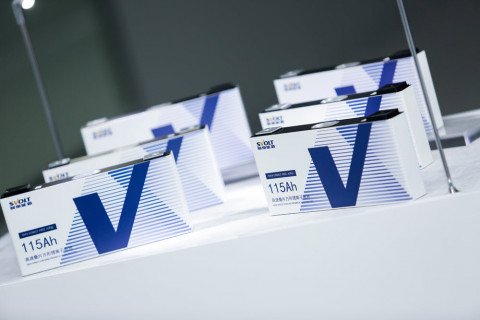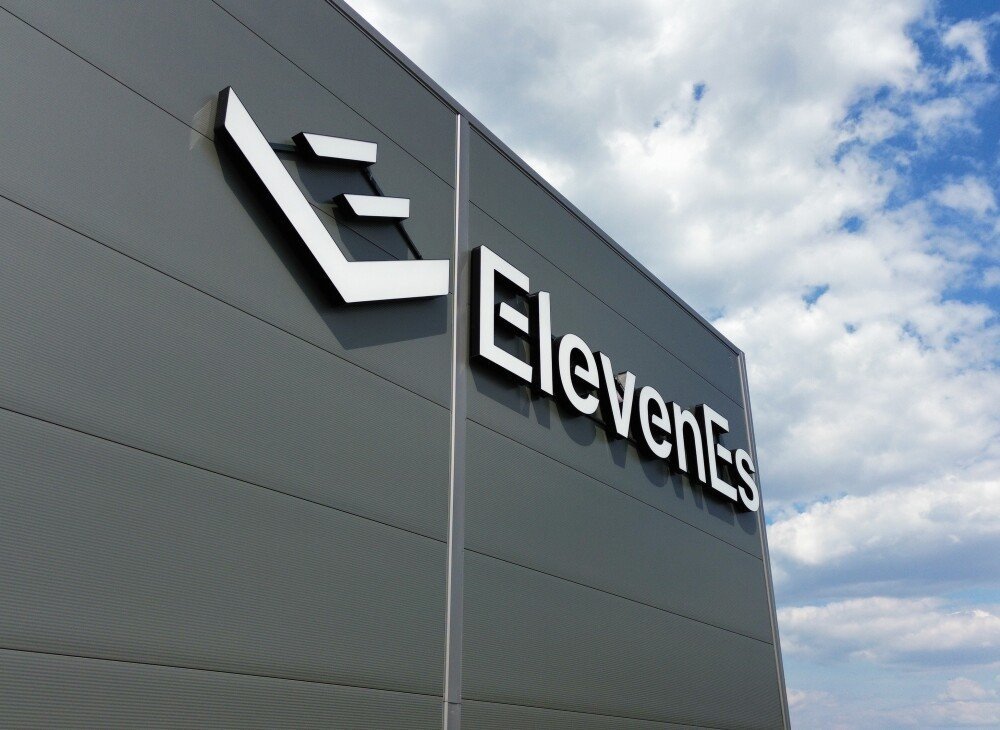ElevenEs's gigafactory dedicated to LFP Battery cells in Serbia is fully operational
Serbian battery firm ElevenEs has opened what it claims as the Europe's first industrial facility dedicated to LFP battery cell production in Subotica, Serbia. The facility targets 500 MWh of annual production capacity in 2024, although the company did not reveal its current capacity.
The gigafactory specializes in producing high-quality LFP prismatic cells which are shipped to customers for sample A and B testing across a variety of applications, including electric cars, buses, trucks and energy storage systems, according to the company.
Back in 2021 when ElevenEs commenced the project, it was targeting 300 MWh of production capacity in 2023. The company ultimate aim is to reach 48GWh of production capacity in five years' time with two gigafactories in place to roll-out LFP battery cells - Giga-I producing 8GWh by 2026 and Giga-II producing 40GWh by the end of 2027. This equates to enough battery cells to power one million medium-sized electric cars each year.
"The expansion of our R&D center and opening of our first production facility in Serbia is a huge milestone for ElevenEs and the European battery cell market as a whole. We're proud of our contribution to reducing the global footprint starting with our battery cells' local production", said Nemanja Mikac, ElevenEs CEO.
In addition to their focus on providing high-quality LFP cells, ElevenEs claims to have implemented a range of initiatives to promote sustainable production, including the use of renewable energy sources for facility operation, a combination of hydro, wind and solar power.
Also in place are plans to source all the necessary active materials from Europe which will limit the carbon footprint of the LFP battery cells produced.
The company predicts that the LFP cell market is expected to see significant growth in the coming years, with over nine-fold growth in global sales over the past two years alone, and is forecasted to be the number one battery cell chemistry utilized by the end of this decade.
It further says that the LFP battery cell chemistry offers greater safety, lower cost, and increased sustainability since the technology does not utilize nickel or cobalt. LFP battery cells also last three times as long as the most common competing technologies, making them the most cost-efficient battery solution on the market.
Along with the overall benefits of LFP chemistry, ElevenEs's EDGE battery cells offer higher energy density on a pack-level compared to other LFP cell designs, it adds.





















